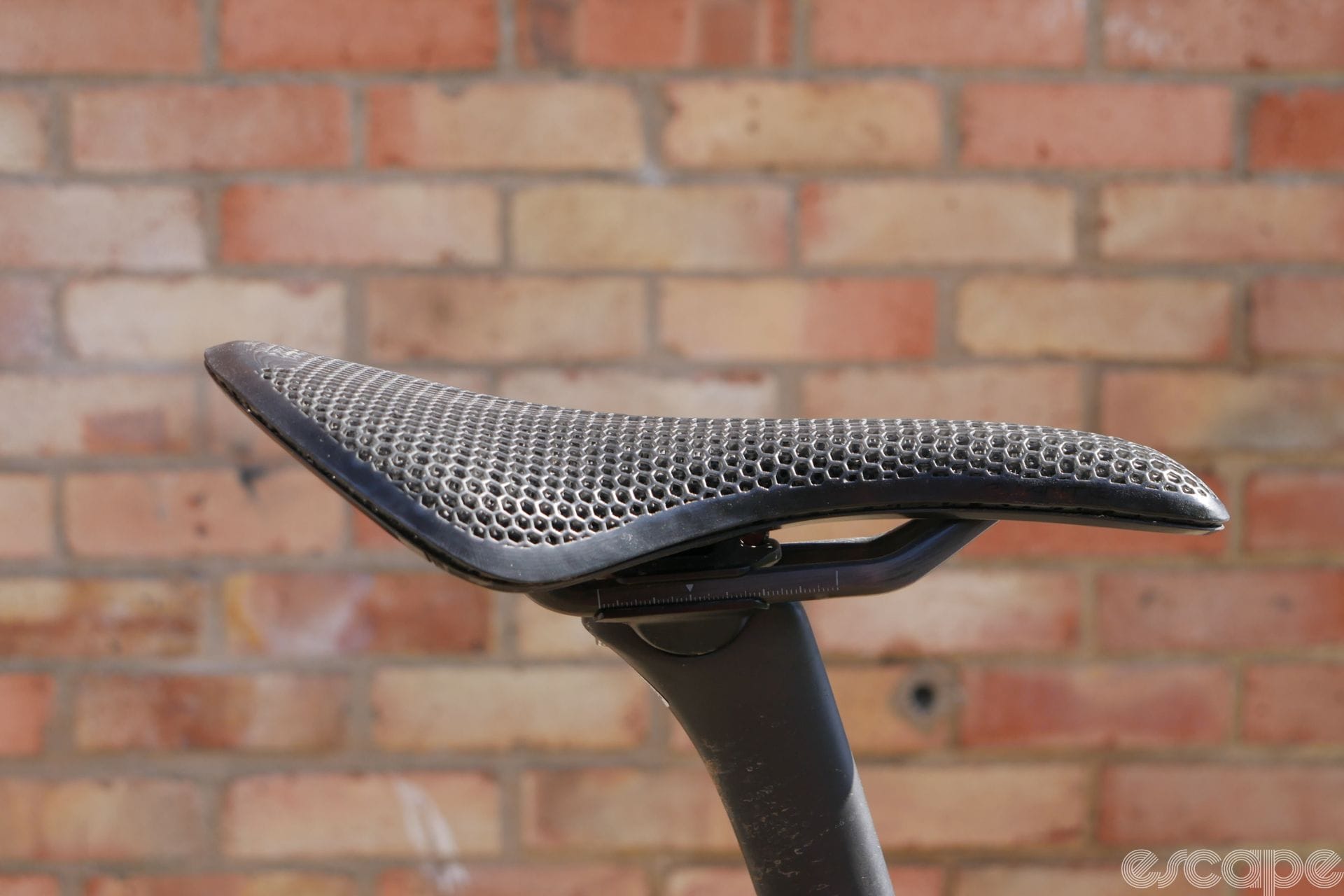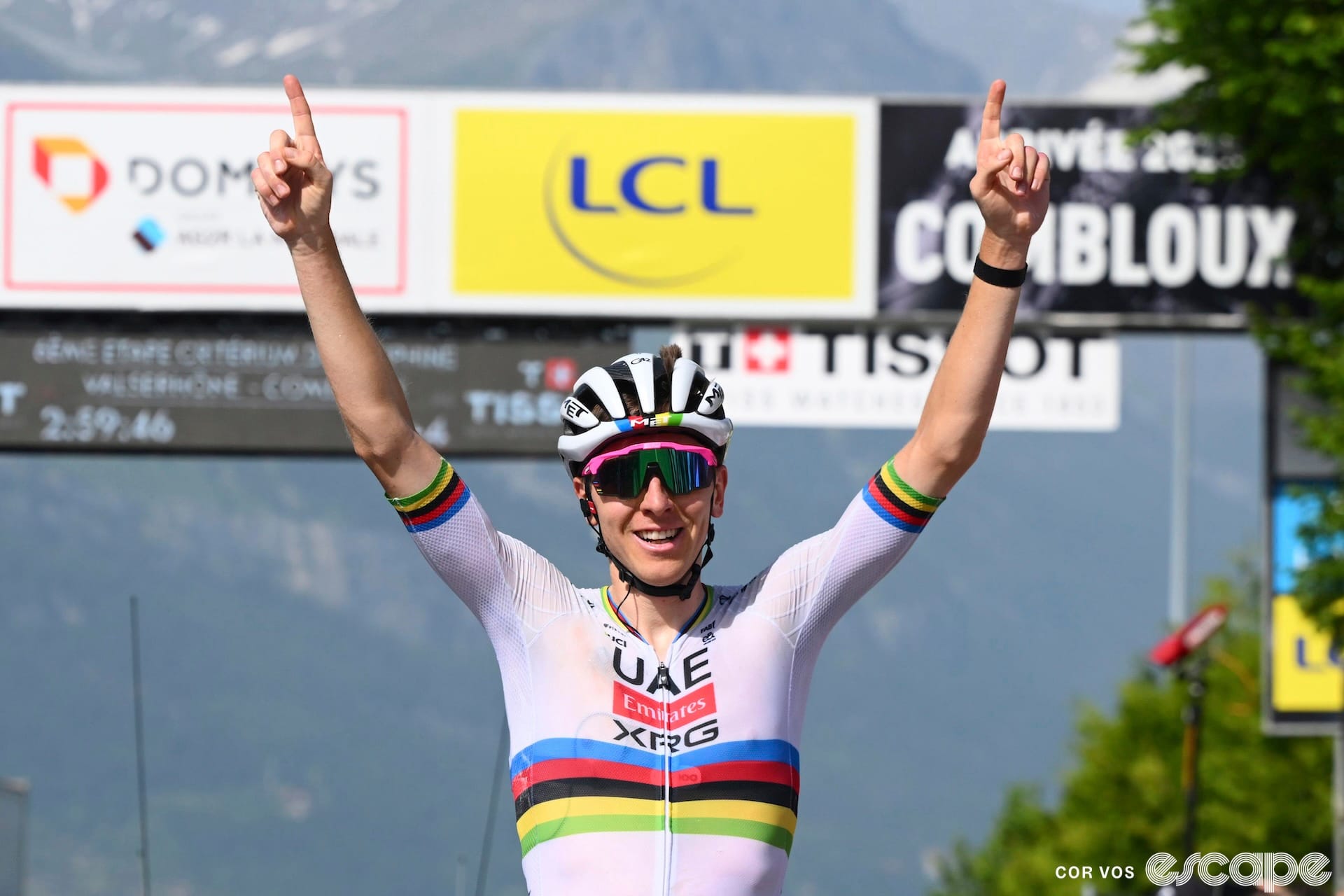3D-printed saddles have become commonplace at the top end of the market, with Specialized, Prologo and Selle Italia all offering their take on them. The technology has become popular thanks to its ability to create a saddle with variable density foam in different locations, which aims to increase comfort and reduce pressure points. The jury is still very much out on whether 3D-printed saddles offer a real advantage, but the technology does make possible a further frontier: fully custom saddles, with padding mapped to an individual's personal anatomy and riding style.
Fizik offers its standard Adaptive range of 3D-printed saddles, but the One-To-One service, unveiled last year, goes further. Using pressure mapping, the brand creates a saddle with custom 3D-printed padding based on your supposed needs. The saying goes that you can’t put a price on comfort. In this case, Fizik has. With a starting price of £460 / €460 / US$500 for the R3 model, rising to £500 / €500 / US$600 for the R1 carbon-railed version, it is a hefty investment. However, the custom R3 is similar to the price of Posedla's Joyseat 2.0, the other custom saddle option currently on the market, and both are only a modest premium to high-end stock saddles from Specialized and Fizik that run US$400-$450.
To understand more about Fizik's One-To-One, including whether you can justify a saddle that can cost almost as much as an entry-level bike, I headed to Condor Cycles in London, one of Fizik's certified One-To-One fit centers, to get fitted for a custom 3D-printed saddle.

Good stuff: The design allows for a variable density across the saddle that relieves pressure hotspots. In-person service allows for a deeper understanding of how your anatomy and bike fit interact with the bike.
Bad stuff: No try-before-you-buy option and limited refund terms make a high-value item a speculative purchase. The extremely limited certified fitter network will discourage people who don’t live within a sensible distance to a One-to-One retailer. Like other 3D-printed saddles, the padding causes accelerated bib short wear. A custom saddle may reinforce imbalances rather than correct them.
Price: £460 / €460 / US$500 (R3 with Kium rails); £500 / €500 / US$600 (R1 with carbon rails)
Read the fine print
If you are struggling with saddle discomfort, and it doesn't seem to go away no matter what saddle you try, there are a few things to explore before heading down the custom saddle route.
Firstly, Fizik is clear about the need for a bike fit before heading for the saddle fitting. If you haven’t had one of these recently or have swapped bikes since your last one, it is worth booking a session with a well-regarded bike fitter. Most One-To-One retailers also have bike fitting services that can help you on this front, but give yourself a few weeks of riding after the bike fit to let everything settle. The best case is the bike fit resolves your issues; the worst case is you are starting from a solid position on the bike.
Likewise, if you struggle with saddle sores or general discomfort when riding, experimenting with a few brands of bib shorts may be worthwhile. Each brand has a distinct cut and chamois; some will agree with you, some won’t. Trying this might resolve your discomfort without the hassle of heading down the custom saddle route, but it can be an expensive proposition in its own right.
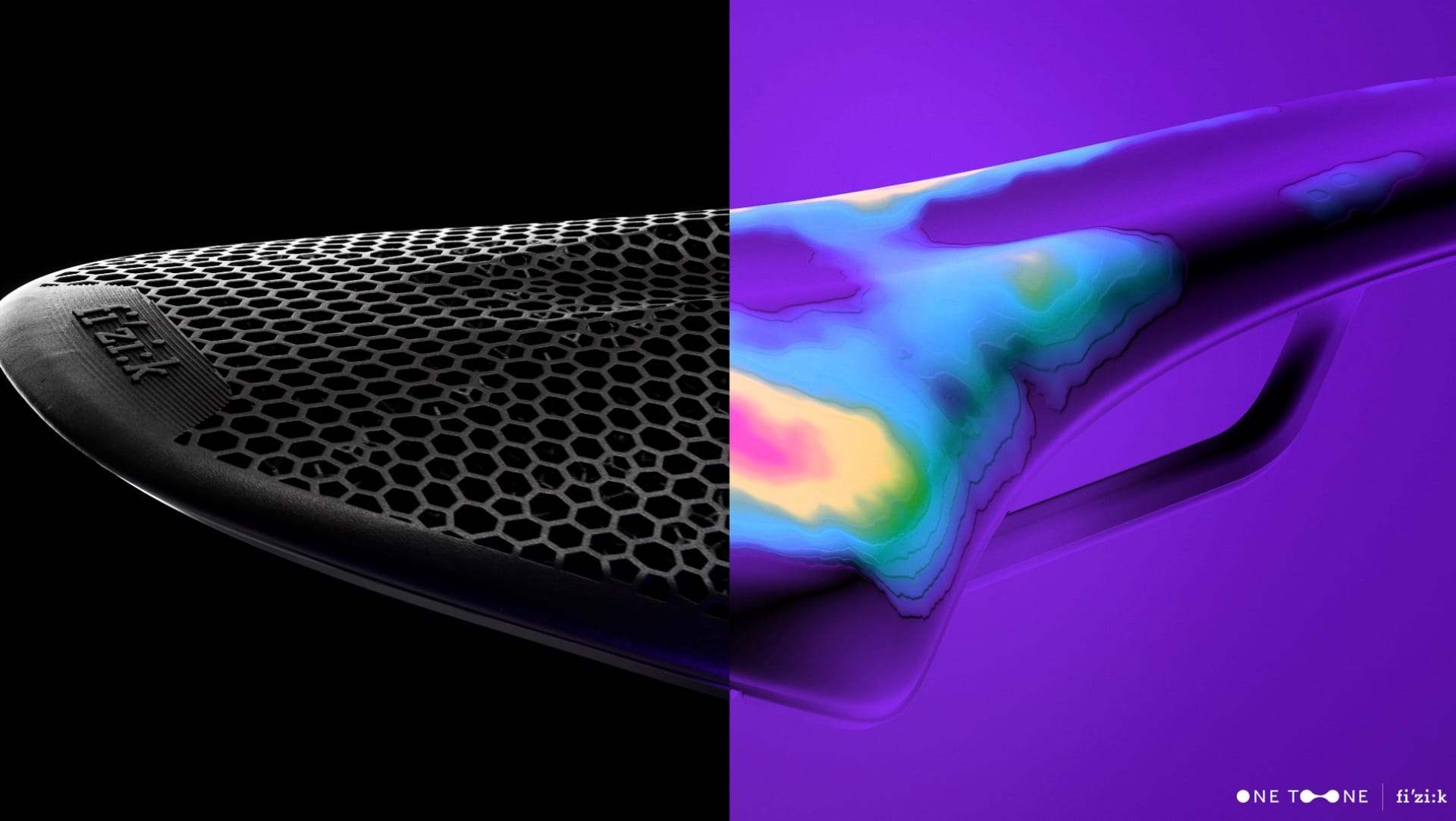
Lastly, Fizik says that each custom saddle is only effective on the bike it is fitted to. The claimed reason is that your weight distribution changes depending on a bike's geometry, and the padding density on a given seat is created off the pressure mapping from that position on that bike. Swapping between road bikes is unlikely to be a big issue, but switching your $600 saddle between your road bike and gravel or mountain bike could be problematic. If you want a custom saddle for multiple bikes, the brand recommends getting one made for each bike.
Your mileage may vary
As you might have gathered by the fact that the saddle is created for each rider’s exacting requirements, this isn’t something you can order while half-watching Netflix. Instead, a trip to your nearest Fizik One-to-One centre is required.
"Nearest" is doing a lot of work here. When One-To-One launched in June 2024, Fizik had just 21 retailers worldwide who could perform the pressure-mapping service. The brand recently more than doubled that network, but it's still sparse. For the whole North American continent, there are a grand total of 14 stores – four in Canada, nine in the US, and one in Mexico City – that currently offer the service. (Oddly, the US shops are clustered, with two each in Miami, the greater Los Angeles metro area, and the Bay Area and just three in other locations.)
In the UK, riders have the choice of London or Manchester. In Europe, things are a little better with 28 stores, although it is worth noting there are still none in Spain, Portugal, Belgium or the Nordic countries (apart from one store in Copenhagen). There are seven participating dealers across Asia, with two in Japan. There are one each in Bahrain and Dubai. There is one fitter in all of South America (in Bogota, Colombia) and none in Australia, New Zealand, or the entire African continent.
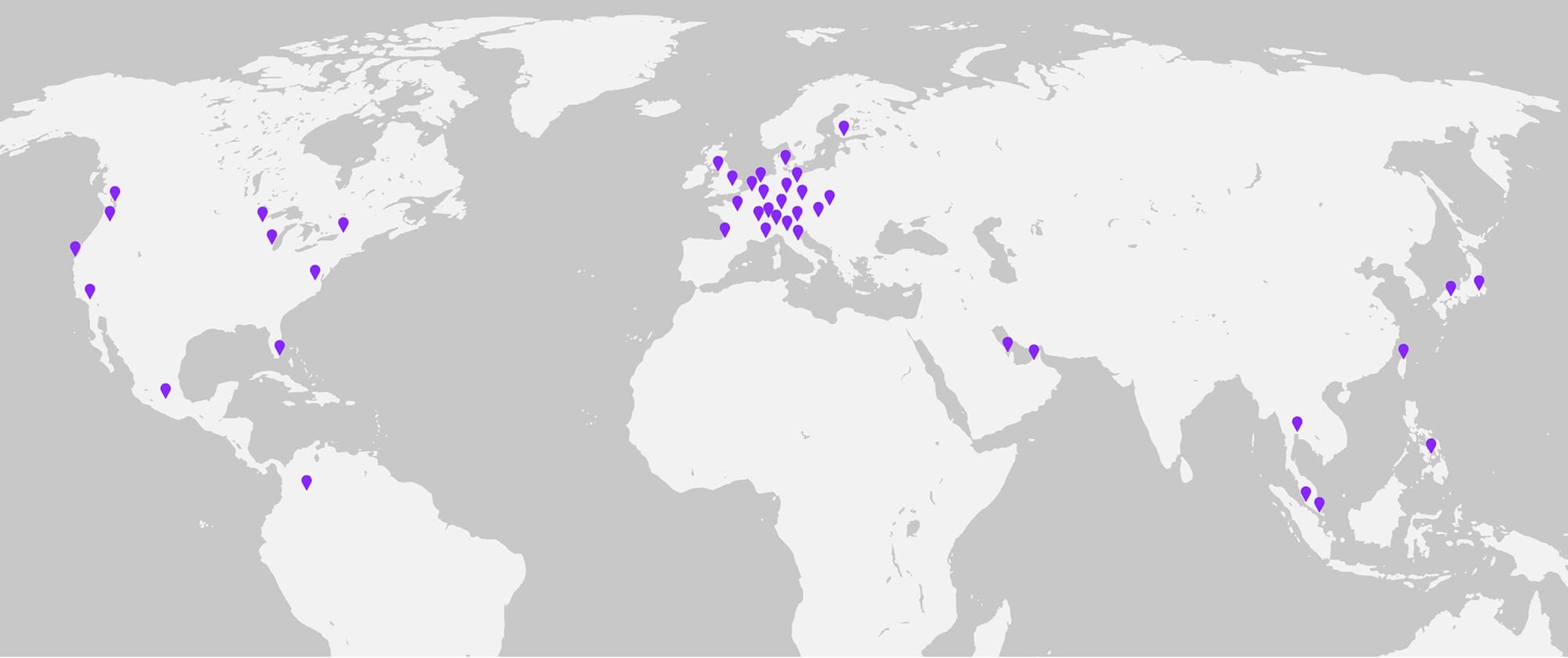
Some of those locations, such as Dubai, hint at the market Fizik is initially targeting with One-To-One. A $600 custom saddle that may require extensive travel for fitting is an ultra-premium product, and Fizik intentionally partners with stores in locations it thinks fit this demographic. Interested in the idea of a custom seat but not the possible plane trip needed to access it? A middle ground is Posedla's Joyseat 2.0 (starting at US$490), which uses an at-home fit kit and accompanying questionnaire.
Do you need a custom saddle?
Like many people who may be initially interested in the service, I don’t have any alarming issues with saddles. That is not to say that some don’t aggressively disagree with me. However, for the most part, I can jump on a bike and happily ride it without much to complain about.
If your saddle genuinely limits how long you can ride for, it can be hard to put a price on rectifying that discomfort. For most, this can arguably be done by changing the saddle shape or manufacturer rather than heading down the custom route, but that may require some extensive experimentation. If you've already done that, or want a shorter path to comfort, a custom saddle is an intriguing proposition.
It is worth noting that the One-To-One service tailors only the density of the saddle padding; buyers will have access to a variety of shell shapes and widths, but those are borrowed entirely from the stock Adaptive line, so if chafing and saddle sores are your biggest issue, this service is unlikely to solve them without also changing those parameters.

Cycling is an incredibly symmetric action. That's in contrast to many other sports; in a sport like running, any asymmetry is unconstrained and factors like stride length and how you generate force with each leg can differ. With cycling, your left and right legs have to take the same path as they are attached to the pedals and cranks. Either the body has to adjust how it sits on the bike to compensate for any physiological asymmetry, or the bike and equipment need to be adjusted.
Custom saddles are very much part of the second approach, and if you have a leg length discrepancy, lateral pelvic tilt, or any other issue that creates asymmetrical imbalance, the saddle is an area Fizik believes can compensate. Historically, cleat shims and other corrective adaptations in footwear and pedals were the traditional approach to accommodating asymmetries, but the advent of 3D printing theoretically changes that.
Professional bike fitter Jon Wild of Pedalling Perfection in Bristol, UK pointed out that compensating for imbalances is not necessarily the best approach to rectification. With some asymmetries – an example would be a strength or flexibility imbalance that creates a functional leg length discrepancy – compensating “appeases" the asymmetry, Wild said, which can reinforce the underlying issue. “If you let the rider sit wonky, the saddle is doing the opposite job to what it should be, which should be to hold you symmetrical,” Wild said. “This method doesn’t allow riders to improve their posture on the bike." And then if you do address the postural asymmetry, he added, "you've just spent £500 on a saddle you can’t sit square on.”
Of course, there are exceptions: in structural asymmetries, where there is a true morphological imbalance such as a pronounced physical leg length difference, no amount of corrective stretching, strength work, or yoga will fix it and One-To-One could be a tool to address it and allow you to ride comfortably.
While I don't generally struggle with saddle issues, my left leg is slightly shorter than my right, and the One-To-One pressure mapping fit revealed that I tend to compensate for this by sitting asymmetrically on the saddle.
The variable density of the saddle allows for compensatory measures to be manufactured in the saddle material. For the saddle Fizik made for me, this meant that the left and right sides have a noticeably different feel when pushing down on them with my thumb. The idea is that when I sit on the saddle, I will experience less pressure on one side of the saddle with a platform that allows my hips to sit in the position they want.

How is the saddle mapped?
The process starts by completing a short questionnaire and creating a rider profile. This looks to refine what type of rider you are and pre-select which base shell in the Adaptive range might best cater to your riding. This takes a few minutes and is a self-assessment of your riding needs.
The next step is to mount your bike onto a Wahoo Rollr at the dealership. This is basically a set of mini rollers with a stabilizing support for the front wheel. Fizik says it chose the Rollr specifically because it provides a realistic riding feel without the stability challenges of conventional rollers.

Ultimately, there is some discrepancy between this setup and riding in the real world, simply because you distribute your weight in subtly different ways when riding supported vs. unsupported, and that alters the resulting pressure map of your body's interaction with the bike. Using an indoor trainer with a lateral rocking motion would likely be more suited, but would take up more space and cost more for retailers.
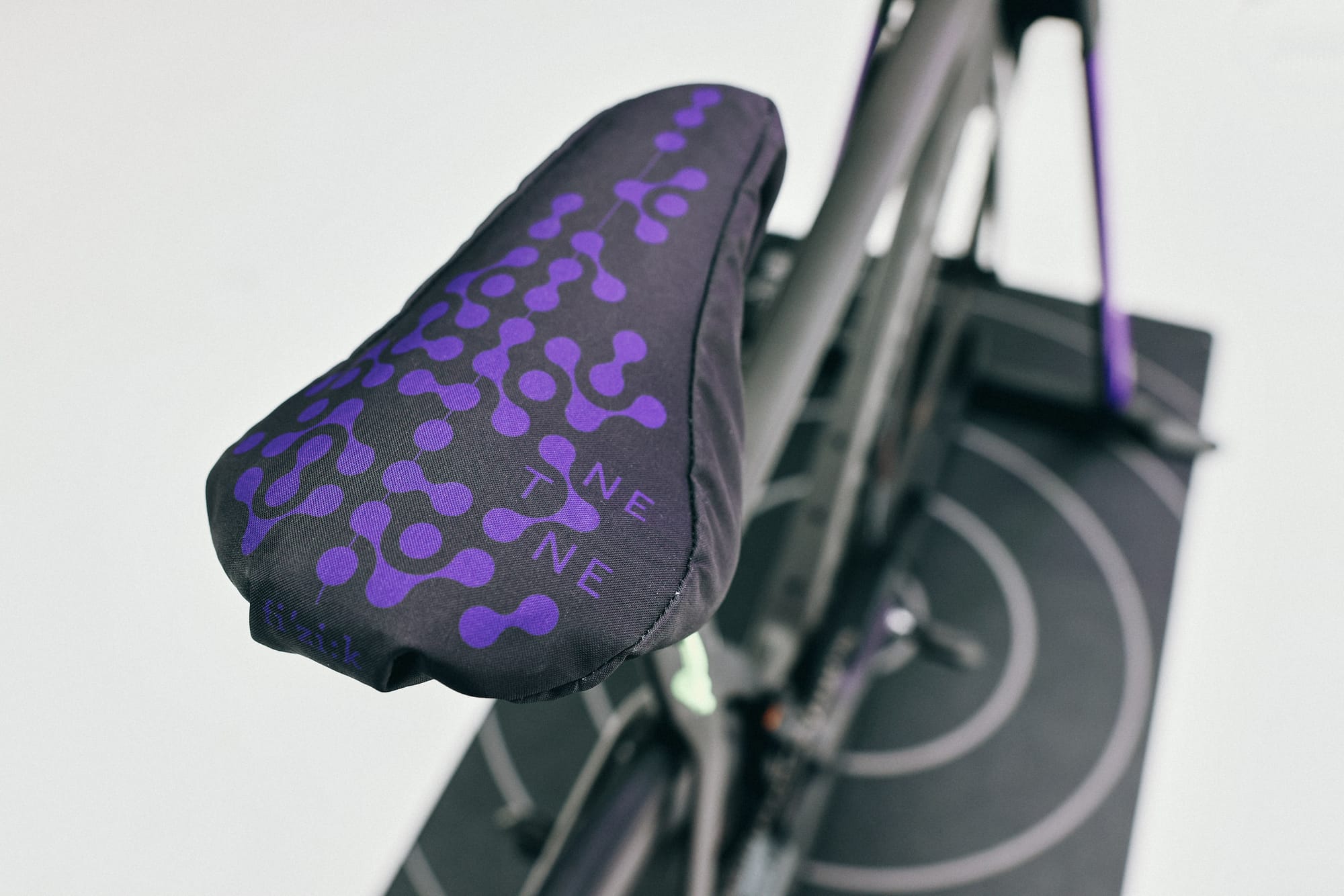
Once the bike is in place, a One-to-One-branded gebioMized pressure-mapping cover is fitted over your current saddle. After a five-minute warm-up up, the rider then pedals for around 20 seconds in each of the three main hand positions: hoods, drops, and tops. The collected pressure data, combined with the rider questionnaire, is then fed into the One-to-One app, where an algorithm analyses the data and combines it with your rider questionnaire to recommend the most suitable Fizik saddle shape and width. If the rider has objections to the recommendation, they can override this suggestion based on preference.
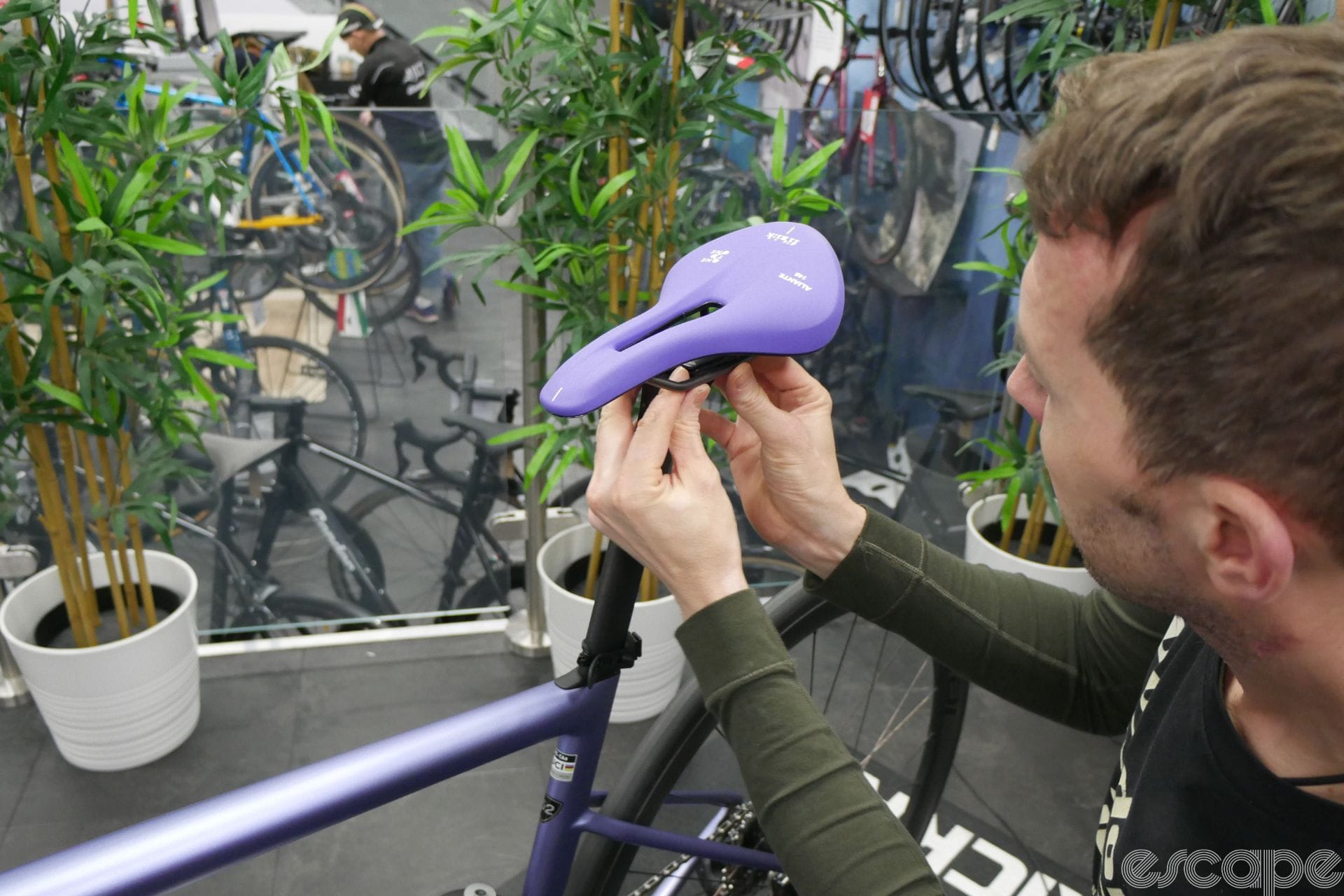
All One-to-One fitting studios hold the full range of Adaptive saddle shapes and widths to pair the rider with the best-matching base model saddle. Once the best option is selected, the new (stock) Adaptive saddle replaces the existing one, and the pressure mapping is repeated to confirm the fit.
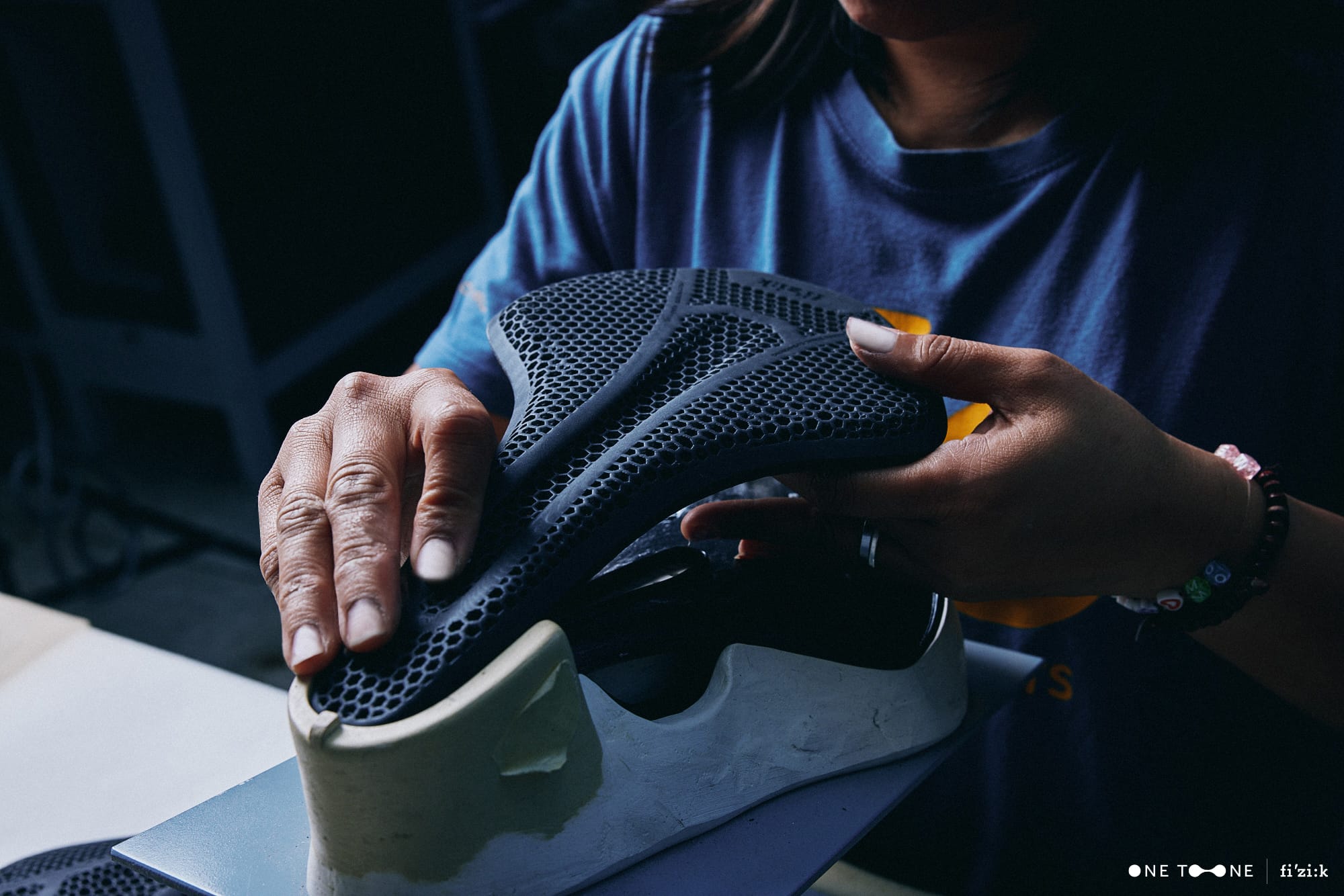
The saddle design is then ready for printing back at the headquarters of Fizik’s parent company, Selle Royale, in Italy. Riders can choose their preferred rail material – carbon (R1) or Kium alloy (R3).The full process takes about three weeks before the saddle arrives at your door, but the actual 3D printing part of the assembly takes around 80 minutes. Customers can return to the One-to-One retailer to have the saddle fitted and reassess the impact of the custom saddle using the same pressure mapping protocol.
Receiving and fitting the saddle
I found fitting the saddle in place of my trusty Specialized Power was more involved than expected, thanks to the sharp contrast in saddle shape. The upsweep at the back of the Fizik and the softer midsection meant I had to play around a little with the saddle angle to find the perfect fit. Because the saddle uses a continuously variable-density material, it is hard to gauge how it will deform under your weight.
Did we do a good job with this story?

